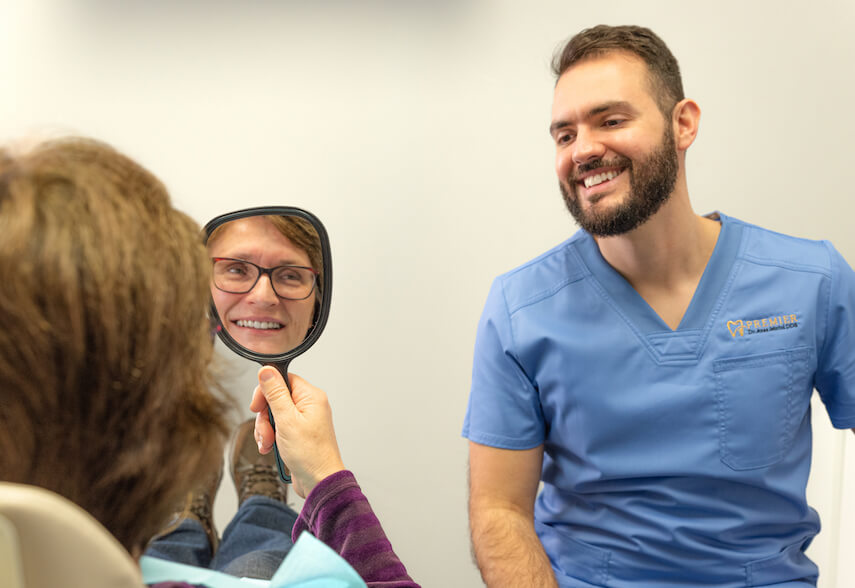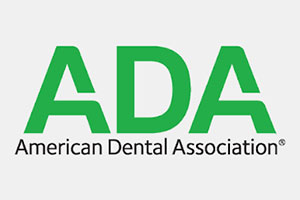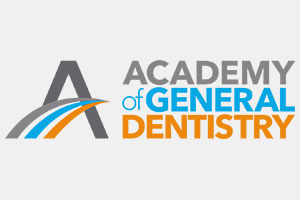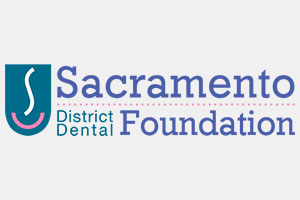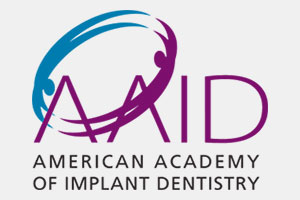The most common image of a dental implant is one supporting a single crown, but they can be used in a variety of indications. Implants placed in multiples are able to support bridges to maximize the number of teeth replaced with a smaller number of implants.
When a patient has lost bone, four or more implants can be placed to support up to a full arch prosthesis that replaces teeth and the bone that used to support them.
Partial and complete denture patients benefit greatly from implants, as snaps can be placed on top of the implants instead of crowns and bridges. These snaps help the denture fasten in place and provide a major improvement in stability, comfort, chewing forces, and phonetics.
A set of complete dentures can only provide about 25% of the chewing forces that a mouth of healthy teeth can. By adding in just two implants at the lower canine positions, the patient improves to about 60% of their previous chewing ability. With every additional implant those forces increase, and the dentures can be designed to be smaller and less cumbersome which also improves taste, comfort, and aesthetics.

